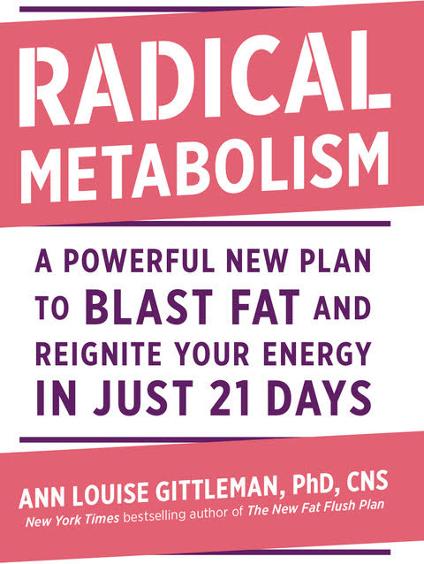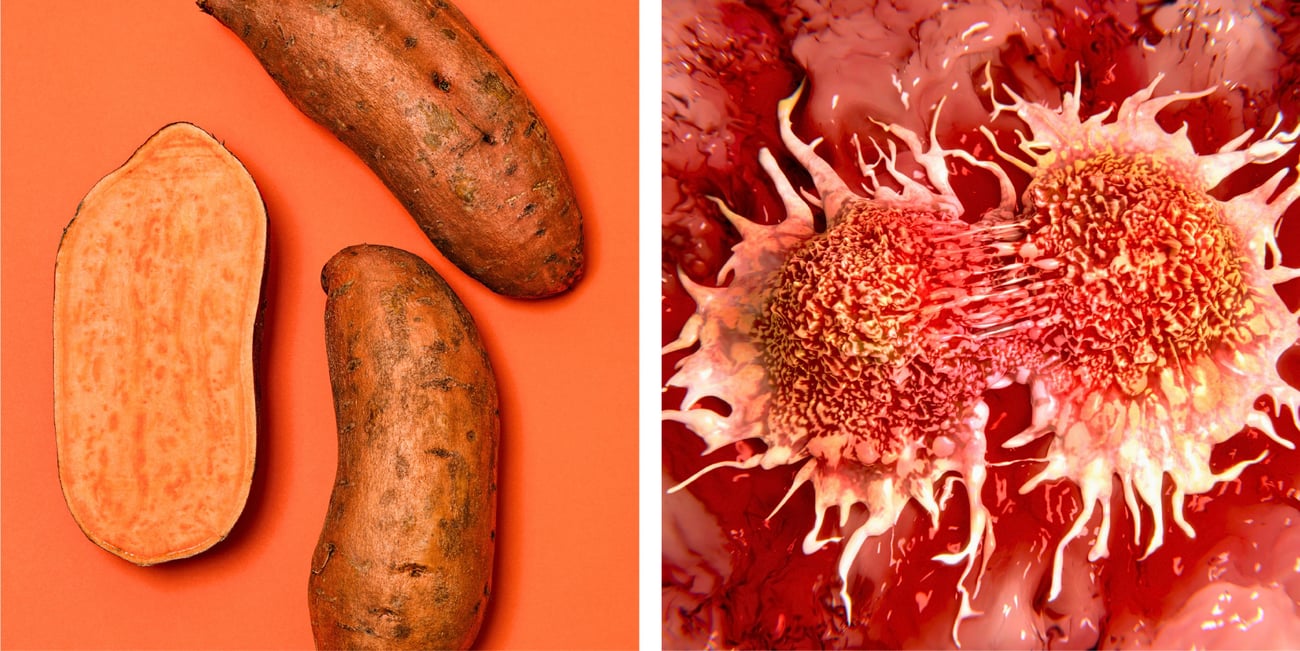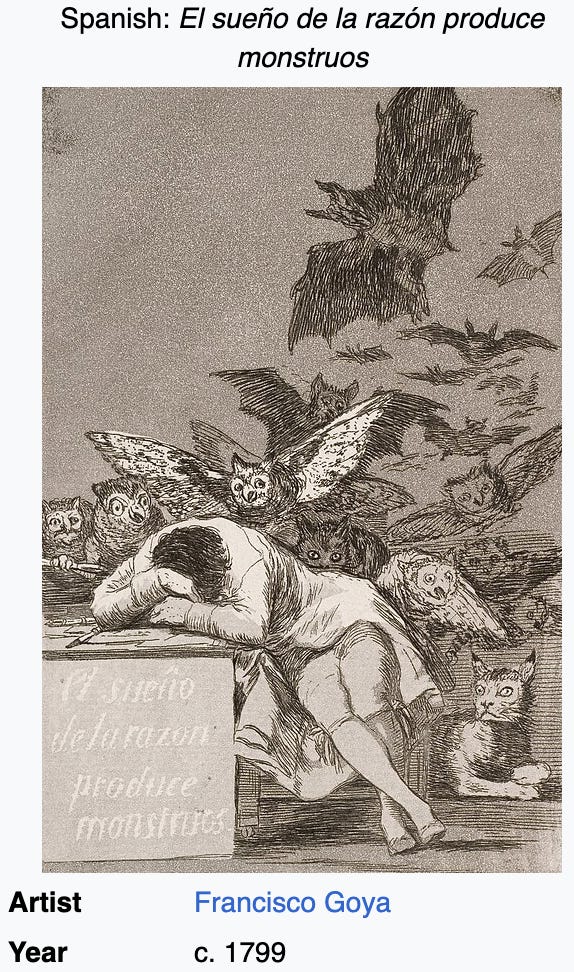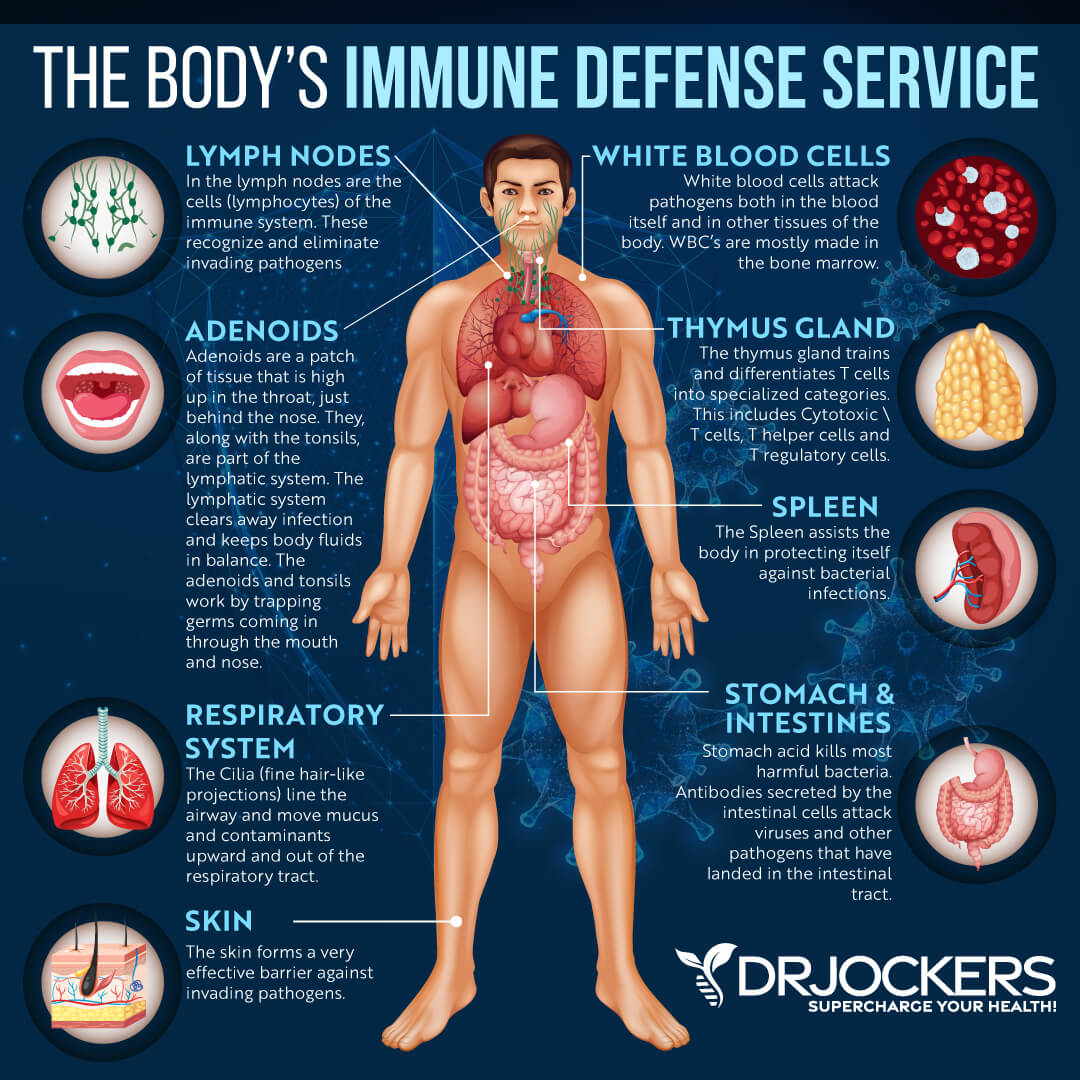The following passage is an excerpt from my new best-selling book, Reclaiming Reality: Restoring Humanity in the Age of AI. You can learn more about the book, listen to the podcast based on the book, and purchase the book at ReclaimingReality.com.
I also have a podcast episode this week on this chapter that you can listen to here.

In the bleak twilight of the 20th century, as communist regimes tightened their stranglehold on Eastern Europe, two Czech visionaries—Václav Benda and Václav Havel—emerged as defiant architects of hope. Their homeland, Czechoslovakia, languished under the boot of Marxist-Leninist dogma, where dissent was crushed, truth was criminalized, and the human spirit was suffocated by ideological conformity. Yet in this spiritual desert, Benda, a Catholic philosopher, and Havel, a playwright steeped in existential humanism, kindled a revolutionary flame: the parallel polis, a subterranean society operating beyond the reach of the Party’s omniscient gaze. This was not mere resistance—it was a metaphysical insurgency, a reclaiming of human dignity and transcendent truth in a world enslaved to materialist lies.
Benda, drawing from his deep Christian convictions, framed the parallel polis as a covenantal counter-reality—a network of shadow institutions where faith, family, and freedom could flourish. Charter 77, the dissident manifesto he helped draft, became its beating heart, uniting theologians, artists, scientists, and laborers under a common creed: loyalty to conscience over ideology. Meanwhile, Havel’s Civic Forum weaponized culture against tyranny, staging plays that unmasked the regime’s absurdities and publishing samizdat literature that circulated like sacraments among the oppressed. Underground theaters became cathedrals of truth; clandestine seminars functioned as seminaries for the mind.
Theirs was a rebellion as spiritual as it was political, rejecting the regime’s claim to omnipotence by asserting the irreducible sovereignty of the human soul. The risks were mortal. Informants lurked in every apartment block; secret police files bulged with the names of “subversives.” Benda faced interrogation and imprisonment, his children harassed for his “crimes.” Havel, whose essays dissected the moral bankruptcy of totalitarianism, cycled in and out of prison cells. Yet their movement thrived precisely because it operated in the cracks of the system—decentralized, adaptable, and rooted in the non-negotiable truths the regime could not eradicate: the authority of natural law and the promise that lies, no matter how institutionalized, inevitably crumble before reality.
The parallel polis was not a retreat but a reconquest. Catholic priests celebrated Mass in living rooms, reviving a Church the state had tried to erase. Homeschooling networks preserved history and philosophy from Marxist revisionism. Printers, hidden in basements, produced Bibles and Solzhenitsyn’s Gulag Archipelago, texts that armed the mind against propaganda. This was nation-building in miniature—a testament to the irrepressible power of communities grounded in truth. When the Velvet Revolution toppled the regime in 1989, it was not through violent revolt but the quiet collapse of a system whose legitimacy had long been hollowed out by the parallel polis’s relentless witness.
Today, as the West succumbs to the Globohomo Regime—a new totalitarianism draped in rainbow flags and digital surveillance—Benda and Havel’s blueprint demands revival. The tools have evolved: encrypted messaging apps replace samizdat mimeographs; homeschooling co-ops leverage online curricula to bypass woke indoctrination. Yet the strategic imperative remains unchanged: construct parallel institutions that operate by Kingdom ethics, not state decrees. Imagine decentralized cryptocurrencies freeing commerce from ESG tyranny, or mesh networks hosting uncensored sermons and scholastic debates. Picture homeschooling collectives raising a generation fluent in Scripture and natural law, or underground media empires producing films that glorify Christendom’s heroes rather than deconstruct them.
The parallel polis’s genius lies in its duality—it is both refuge and beachhead. It preserves the faithful during cultural dark ages while training them to reclaim occupied territory. As Benda argued, such structures are not “apolitical” but metapolitical, shaping the moral imagination of societies before they even grasp their own enslavement. The early Church understood this, turning Roman households into cells of resurrection hope. We must do likewise, building banks, schools, and media that answer to Christ alone.






